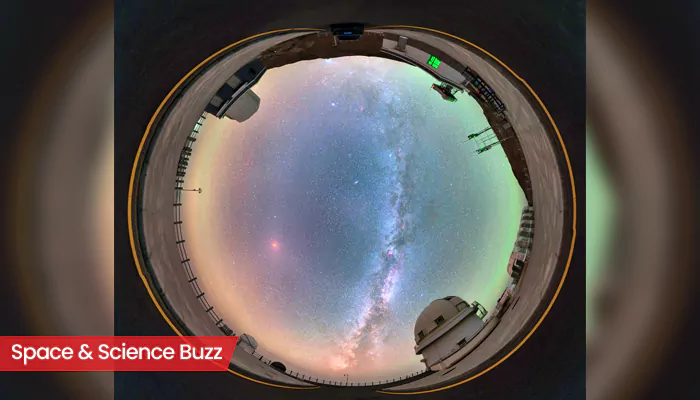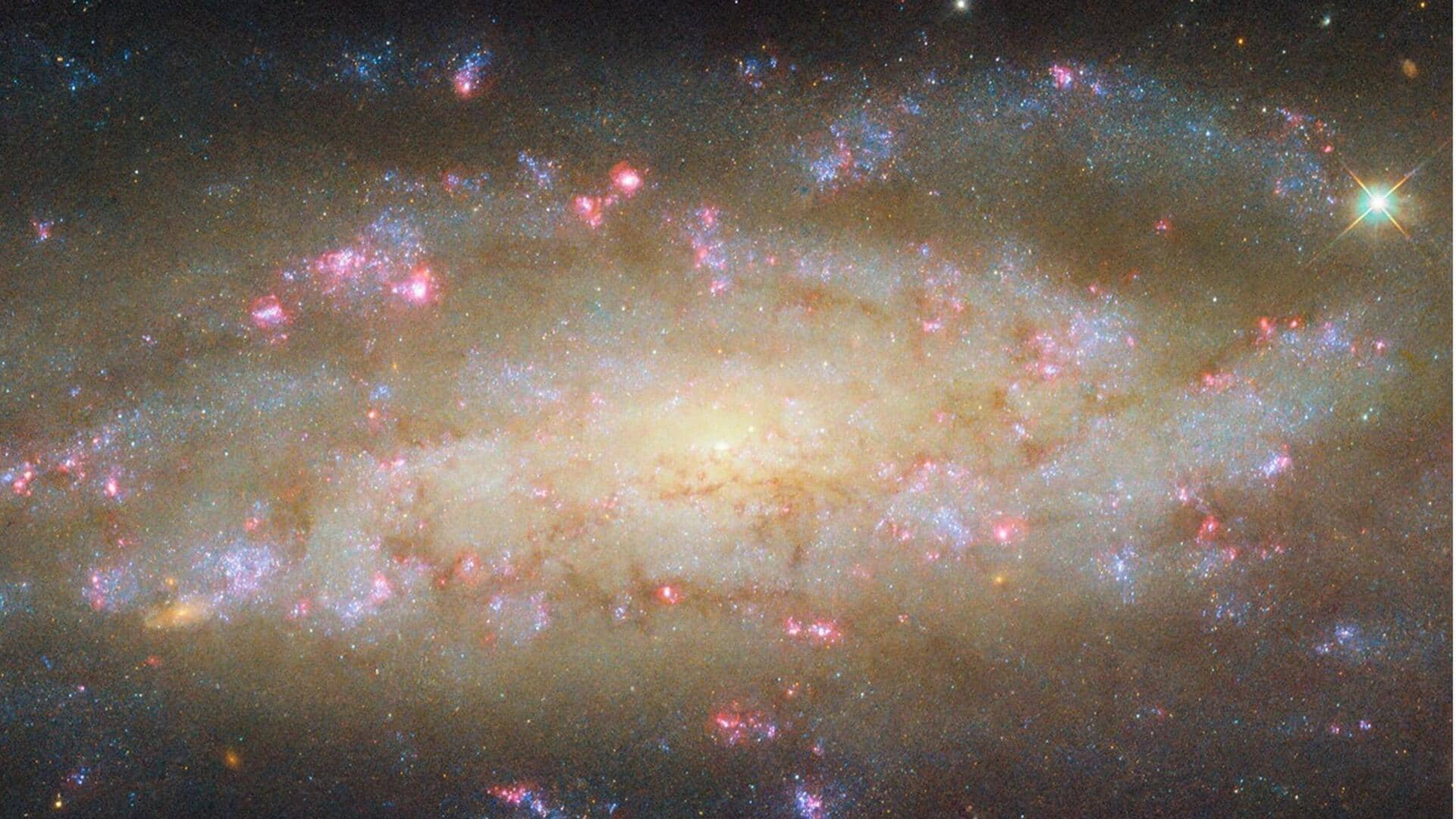Unveiling the Nebula
The James Webb Space Telescope (JWST) has once again proven its worth with the stunning imagery of the Lobster Nebula. Located in the constellation Scorpius,
this nebula is a vibrant region where massive stars are born. The telescope's advanced infrared capabilities penetrate the cosmic dust, unveiling intricate details of star formation. The images show towering spires of gas and dust, sculpted by stellar winds and radiation from young, massive stars. These structures provide a window into the energetic processes driving stellar evolution, offering scientists new insights into how stars come to life. The JWST's ability to observe in infrared is crucial, as it allows the telescope to see through the dense clouds of gas and dust that obscure visible light observations. The resulting data helps astronomers understand the lifecycle of stars and the environments in which they are born. The latest images are essential to astronomy and serve as a testament to the cutting-edge technology used for exploring the cosmos.
Capturing Stellar Birth
The latest images from the JWST capture the dynamic environments in which stars are born. The Lobster Nebula, as observed by the telescope, is a stellar nursery where new stars are actively forming. The spires seen in the images are made up of dense gas and dust, the raw materials that eventually coalesce into stars. The intense radiation and stellar winds from the young, massive stars sculpt these structures, creating the dramatic features seen by the telescope. Studying this area reveals the processes that trigger star formation and shape the characteristics of young stars. Observations made by the JWST provide a clearer view into how these events unfold. The images highlight the influence of massive stars on their surroundings. The process of stellar birth is energetic and complex, involving many physical processes. Scientists are studying these images to learn about the early stages of star formation and how the characteristics of stars are shaped. The images captured serve as critical data to help astronomers unravel the mysteries of the universe.
Infrared Vision's Power
The JWST's ability to observe in the infrared spectrum is key to its ability to peer into the Lobster Nebula. This capability allows the telescope to detect light that is invisible to the human eye, penetrating the obscuring clouds of gas and dust that block visible light. The infrared observations reveal structures and processes that would be hidden using traditional telescopes. The infrared light can pass through the dust, allowing astronomers to see the inner workings of the nebula. The data obtained from the infrared observations helps scientists to understand the star formation process. Infrared imaging offers a unique perspective on the universe, helping astronomers reveal hidden details and gain new insights. The technology used in the JWST represents a significant leap in astronomical observation. The use of infrared light allows the JWST to see beyond what was once thought possible.
Significance of Discoveries
The data from the James Webb Space Telescope is vital to astronomers and researchers studying star formation. The images of the Lobster Nebula provide detailed information on how massive stars are born. The images have a crucial role in the scientific community. The detailed views of the spires and surrounding environment enable scientists to refine their models of stellar evolution. By studying this data, astronomers can improve their understanding of the conditions that lead to the formation of massive stars. The data also provides insights into how these massive stars affect their surroundings. The detailed observations from the JWST offer valuable context and add to the existing knowledge. These insights are used to model the universe and enhance our understanding of cosmic events. The ongoing observations from the JWST provide an important source of knowledge.









